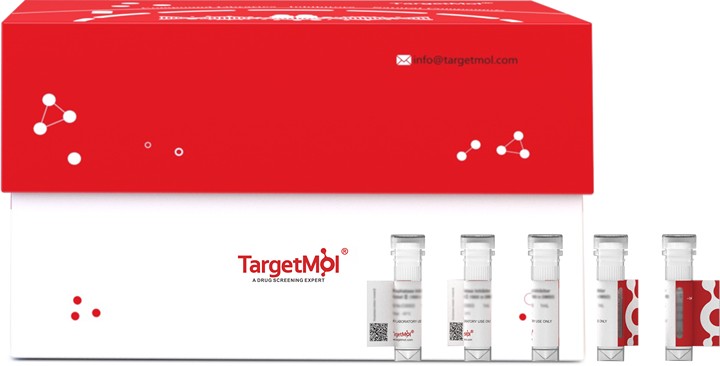Shopping Cart
- Remove All
 Your shopping cart is currently empty
Your shopping cart is currently empty

SVTLE Protein, Calloselasma rhodostoma, Recombinant (His) is expressed in yeast with N-6xHis tag. The predicted molecular weight is 28.6 kDa and the accession number is P26324.

| Pack Size | Price | Availability | Quantity |
|---|---|---|---|
| 20 μg | $397 | 20 days | |
| 100 μg | $845 | 20 days | |
| 500 μg | $1,950 | 20 days |
| Biological Activity | Activity has not been tested. It is theoretically active, but we cannot guarantee it. If you require protein activity, we recommend choosing the eukaryotic expression version first. |
| Description | SVTLE Protein, Calloselasma rhodostoma, Recombinant (His) is expressed in yeast with N-6xHis tag. The predicted molecular weight is 28.6 kDa and the accession number is P26324. |
| Species | Calloselasma rhodostoma |
| Expression System | P. pastoris (Yeast) |
| Tag | N-6xHis |
| Accession Number | P26324 |
| Amino Acid | VIGGDECNINEHRFLVAVYEGTNWTFICGGVLIHPEWVITAEHCARRRMNLVFGMHRKSEKFDDEQERYPKKRYFIRCNKTRTSWDEDIMLIRLNKPVNNSEHIAPLSLPSNPPIVGSDCRVMGWGSINRRIDVLSDEPRCANINLHNFTMCHGLFRKMPKKGRVLCAGDLRGRRDSCNSDSGGPLICNEELHGIVARGPNPCAQPNKPALYTSIYDYRDWVNNVIAGNATCSP |
| Construction | 1-234 aa |
| Protein Purity | > 90% as determined by SDS-PAGE. |
| Molecular Weight | 28.6 kDa (predicted) |
| Endotoxin | < 1.0 EU/μg of the protein as determined by the LAL method. |
| Formulation | Tris-based buffer, 50% glycerol |
| Reconstitution | A Certificate of Analysis (CoA) containing reconstitution instructions is included with the products. Please refer to the CoA for detailed information. |
| Stability & Storage | Lyophilized powders can be stably stored for over 12 months, while liquid products can be stored for 6-12 months at -80°C. For reconstituted protein solutions, the solution can be stored at -20°C to -80°C for at least 3 months. Please avoid multiple freeze-thaw cycles and store products in aliquots. |
| Shipping | In general, Lyophilized powders are shipping with blue ice. Solutions are shipping with dry ice. |
| Research Background | Thrombin-like snake venom serine protease that acts as an anticoagulant. It cleaves fibrinogen (FGA) to split off the A-fibrinopeptides (A, AY and AP), but not the B-fibrinopeptide. The resulting fibrin polymers are imperfectly formed and much smaller in size (1 to 2 um long) than the fibrin polymers produced by the action of thrombin. These ancrod-induced microthrombi are friable, unstable, urea-soluble and have significantly degraded alpha chains. They do not cross-link to form thrombi. They are markedly susceptible to digestion by plasmin and are rapidly removed from circulation by either reticuloendothelial phagocytosis or normal fibrinolysis, or both. Anticoagulation through the removal of fibrinogen from the blood is rapid, occurring within hours following its administration. It does not activate plasminogen and does not degrade preformed, fully cross-linked thrombin fibrin. It also reduces the level of plasminogen activator inhibitor (PAI) and may stimulate the release of tissue plasminogen activator (PLAT) from the endothelium. The profibrinolytic effect of these 2 actions appears to be limited to local microthrombus degradation. |

Copyright © 2015-2025 TargetMol Chemicals Inc. All Rights Reserved.